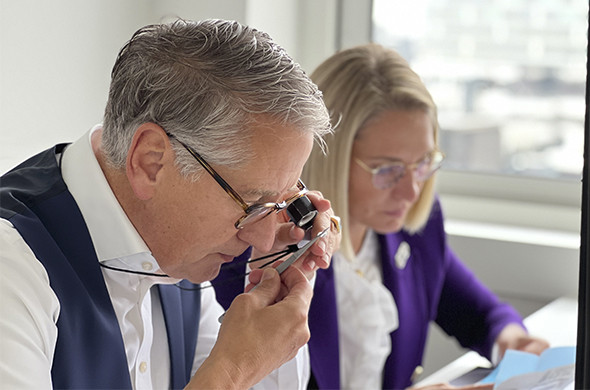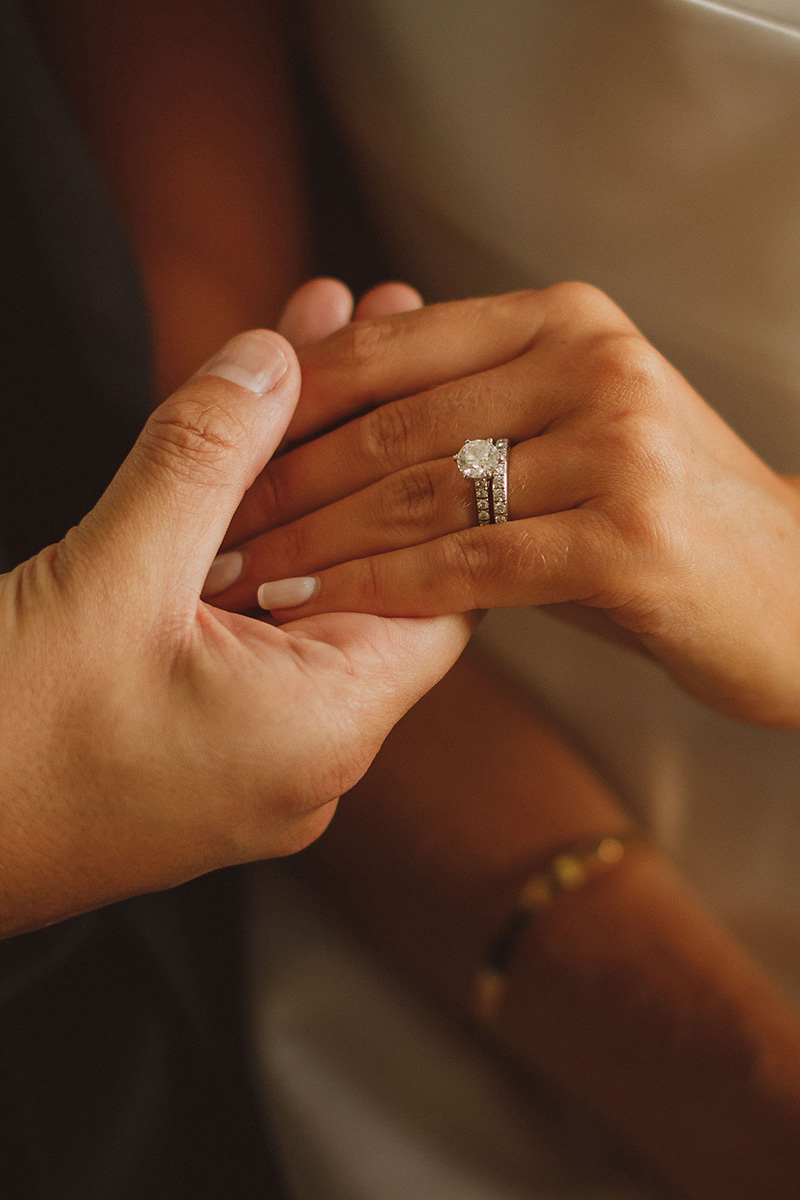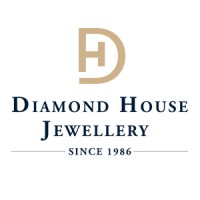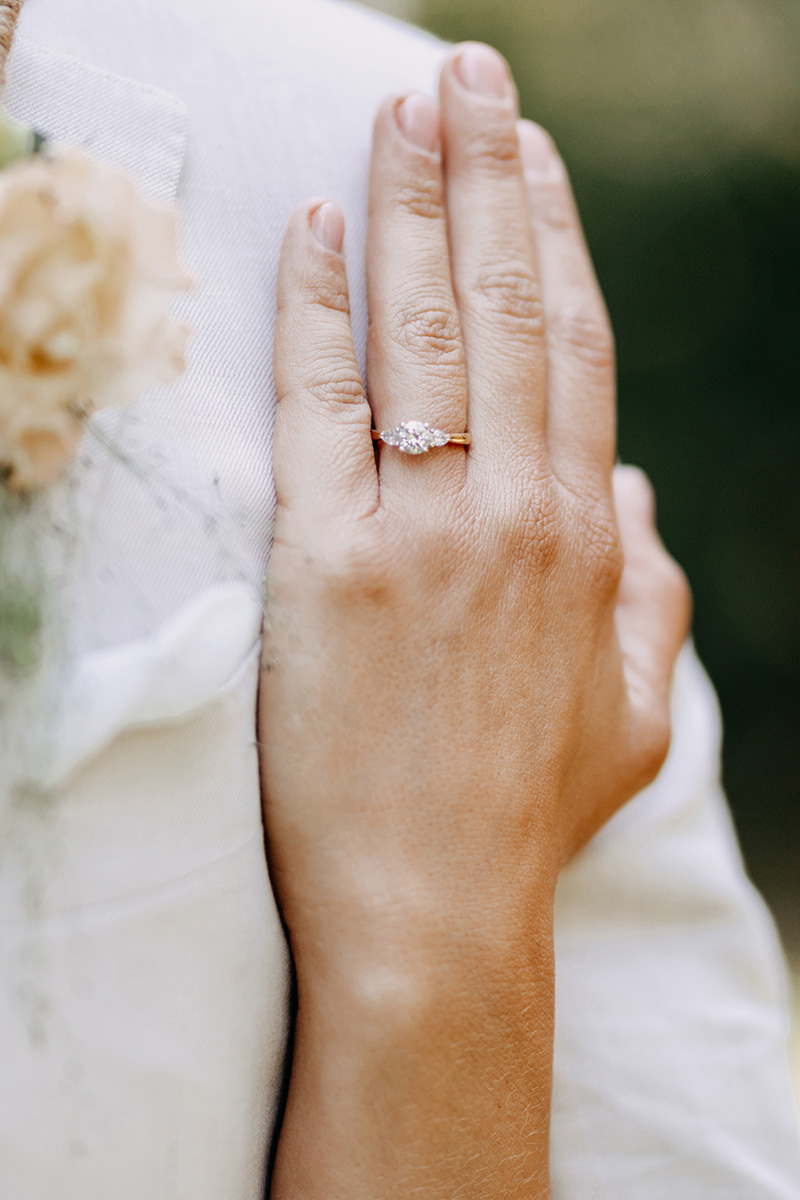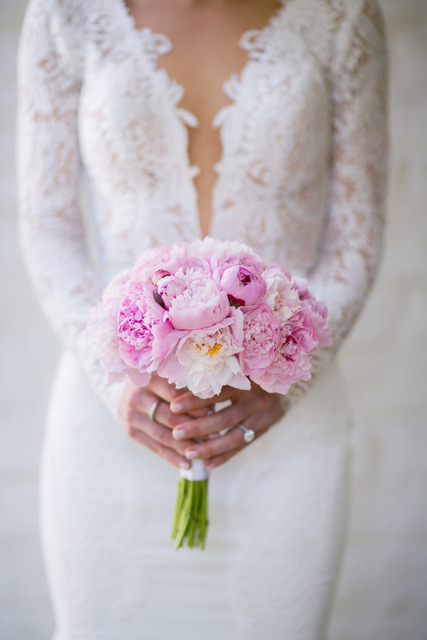I will tell you more: even to 90% of all jewellers this diamond market is not transparent at all!
It therefore takes a good deal of educating & informing yourself about where to pay attention to, as I stated in the previous answers.
Always bear in mind that when you think you can do the diamond deal of your life, you always get what you pay for!
Fair prices exist (like on this site), bargains do nót, despite many others may try to convince you otherwise.
Not a week goes by without a client mailing us to say that they are offered the same diamond (that we suggested) elsewhere at large discounts. By 'same diamond', the client refers to the size, the colour and the clarity.
Correct so far.
But what can devalue a diamond with as much as 50% is:
- The lab that issued the diamond (is it a 'soft' or 'strict' lab)
- The level of Fluorescense
- The Cut, Polish or Symmetry grade.
- When VS2-Si1 & Si2: how is the nature and the position of the inclusion? In other words; is it black and central, or is it white and on the side...(prices may differ up to 15%, even when GIA). One will be 'eye-clean', whereas the other will show visual flaws (naked eye).
- Is the weight 1.00ct-2.00ct, etc (these sell at large discounts)
- When Fancy shape, and let me give you an example here related to f.e. pear-shape: Is the shape oblong or 'fat'? Is there too much carat weight in the depth? In this case you will f.e. pay for a 2ct diamond, but see only the surface of a 1.50ct, as too much carat weight is in the diamond's depth and not in it's spread.
This goes for all fancy shaped diamonds. My wife Céline (the in-house gemologist) and I only select 2 out of 10 diamonds as nicely-shaped.
Many oval- & pear-cut diamonds show a 'boat-tie' that can kill the diamond's sparkle. We red-flag appr eight out of ten of these.
